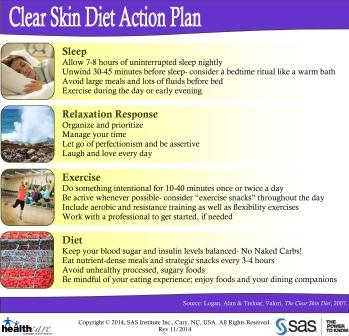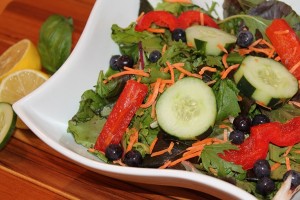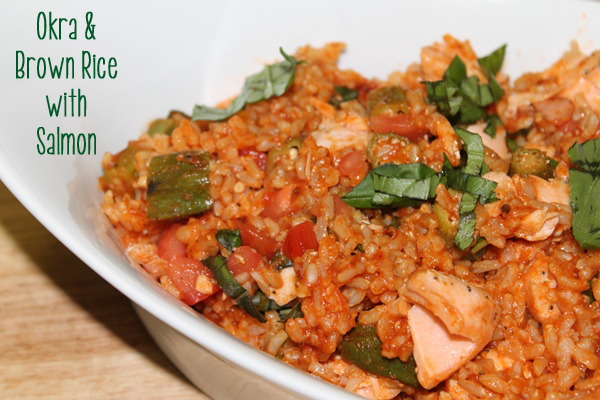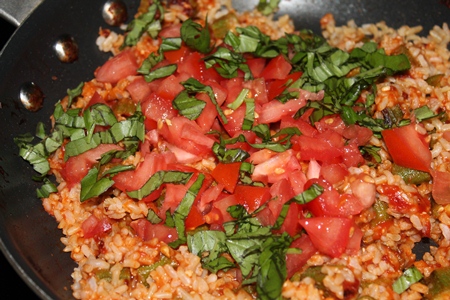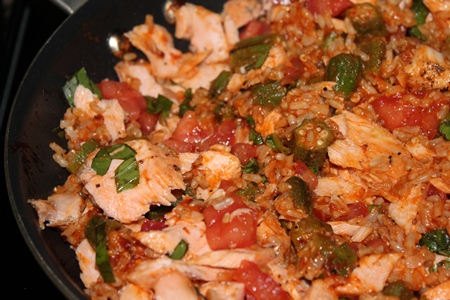
 When we think of acne, we typically think of teenagers and raging hormones. However, there has been an upsurge of adult acne over the last 50 years. Why, you ask? Well, one probable cause is changes to our food supply and dietary habits.
When we think of acne, we typically think of teenagers and raging hormones. However, there has been an upsurge of adult acne over the last 50 years. Why, you ask? Well, one probable cause is changes to our food supply and dietary habits.
Nutritional voids and dietary excess can have a significant impact on the degree of acne a person experiences. Research has proven time and time again that there are strong causal connections between certain kinds of food and acne. Inflammation, oxidative stress, hormonal imbalance and spikes in blood sugar fan the flames of acne. Some foods promote these processes while others suppress and regulate them.
The Clear Skin Diet
The Clear Skin Diet by Drs. Logan and Treloar summarizes current research on acne and ways to protect the skin through diet and lifestyle. The 4 main principles of the Clear Skin Diet are sleep, relaxation response, exercise and diet.
*Click the image above to view larger.
Acne-Friendly Foods
Michael Pollan pretty much hit the nail on the head with his advice to: "Eat Food. Not too much. Mostly plants." If you can follow this mantra, you’ll be well on your way to consuming an acne-friendly diet. To help lessen the severity of acne, incorporate the following foods into your diet:
- Produce: aim for a minimum of 5 servings of deeply colored fruits and vegetables daily. Studies show acne patients are less frequent consumers of antioxidant, anti-inflammatory fruits and vegetables. More color equals more antioxidants, phytonutrients, vitamins and minerals- all of which help fight inflammation and, in turn, acne!
- Protein: choose fish (especially oily wild caught and small fish), lean meat and poultry (preferably grass-fed or free range; consider limiting red meat to once a week), eggs (from free range, cage-free chickens which produce eggs with higher omega-3 content), and soy in moderation (choose non-GMO products).
- Carbohydrates: opt for whole grains like quinoa, bulgar, barley or brown rice. Breads and pastas should be limited and enjoyed in their whole grain form.
- Fats/Oil: reach for extra virgin olive oil, canola oil or omega-3 rich oils like flaxseed or walnut.
- Herbs and Spices: try adding ginger, turmeric and cinnamon to your recipes.
- Nuts: experiment with different types and be cautious of potential allergies, exacerbation of acne and indigestibility. This is very individualized. Some nuts may actually cause breakouts while others have no effect. Also consider the way nuts are prepared. For example, peanuts in their natural shell may be okay while prepackaged versions fried in vegetables oils may be a problem.
- Beverages: green tea (the real thing, not the sugar laden, ready-to-drink bottled varieties), tomato juice, 100% vegetable juices and water.
Check out this Clear Skin Diet Foods List for suggested foods to include, limit and exclude as well as a shopping list. Experiment with a wide variety of foods! You may find that certain foods on the okay list are absolute acne aggravators for you and need to be moved to the Foods to Exclude category.
Clear Skin Prescription
More colorful antioxidants
Greater intake of omega-3 fatty acids
Increased consumption of fiber
More lower glycemic foods that won’t spike blood sugars
Okra and Brown Rice with Salmon
Recipe Adapted from: The Clear Skin Diet by Drs. Logan and Treloar
Makes 4 Servings
Ingredients
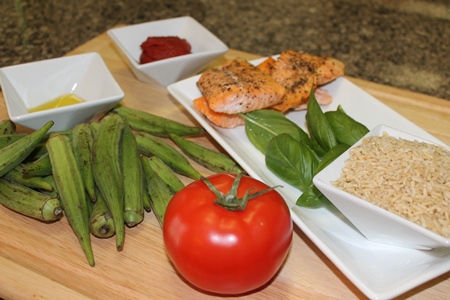
3 Tbsp water
1 Tbsp extra virgin olive oil
1 Tbsp tomato paste
20 pieces fresh okra, caps removed, sliced into 1-inch rounds
½ tsp salt
Freshly ground black pepper, to taste
1 cup brown rice, dry
¼ cup chopped fresh basil
1 large tomato, diced
4 salmon fillets, cooked (4oz each)*
Directions
1. In a saucepan, heat water, oil and tomato paste over medium heat.
2. Add okra, salt, and pepper and sauté 5-7 minutes or until okra begins to caramelize.
3. Cook rice according to package directions.
4. Flake cooked salmon with a fork into small pieces.
5. Once rice is done, stir in okra mixture, basil and diced tomato and mix well.
6. Stir in flaked salmon.
*Choose wild caught Pacific salmon when possible as opposed to farmed salmon. Wild caught salmon is higher in omega-3 fatty acids. For a time-saver, you can use canned wild caught salmon instead of fillets.
Nutrition Information per Serving: Calories: 420, Total Fat: 13gm, Saturated Fat: 2gm, Cholesterol: 70mg, Sodium: 460mg, Carbs: 42gm, Fiber: 5gm, Protein: 34gm
Click here for a printer-friendly version of this recipe.
Click here for a printer-friendly version of this blog post.
